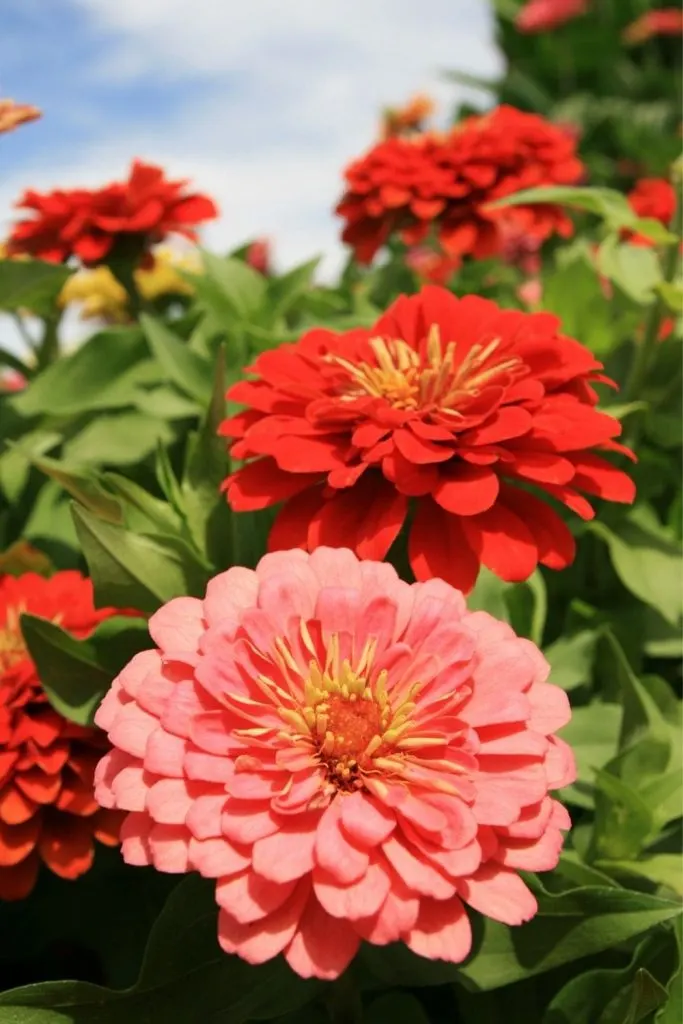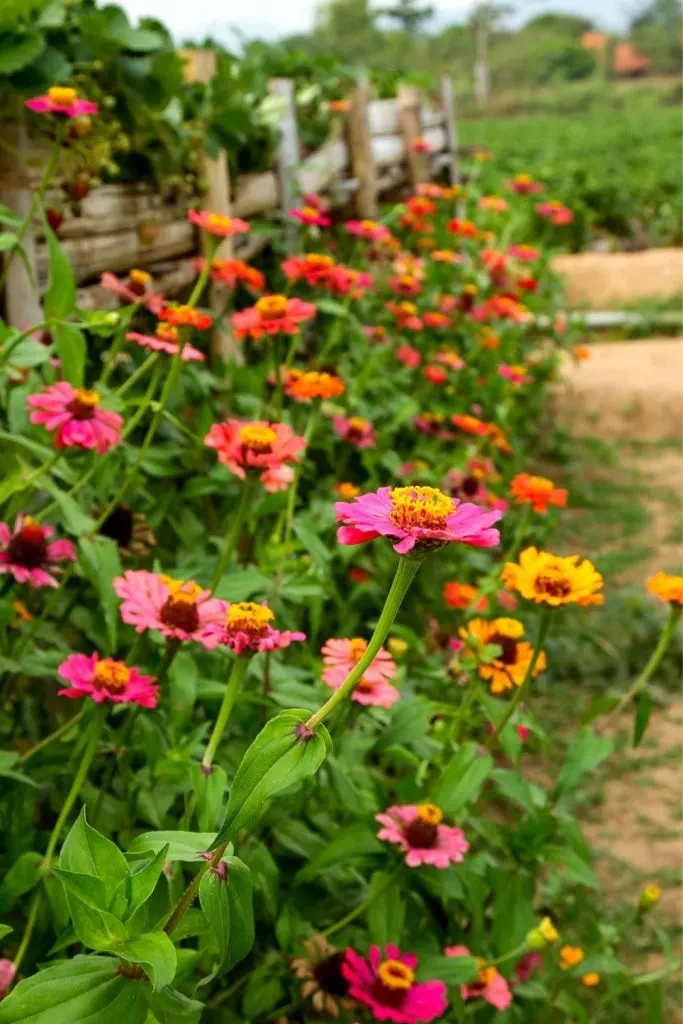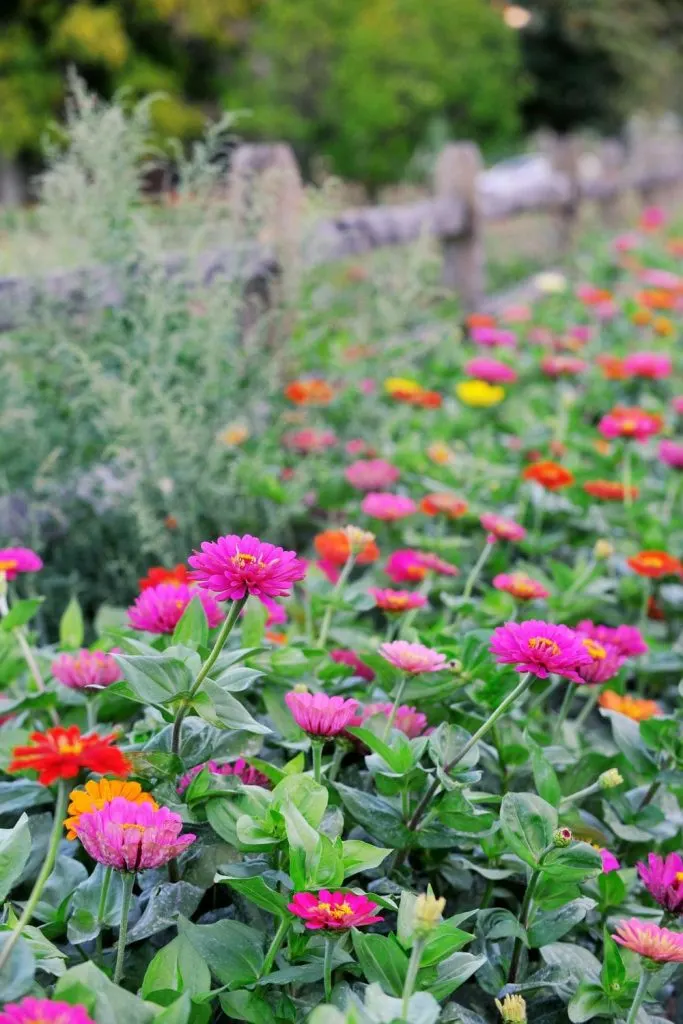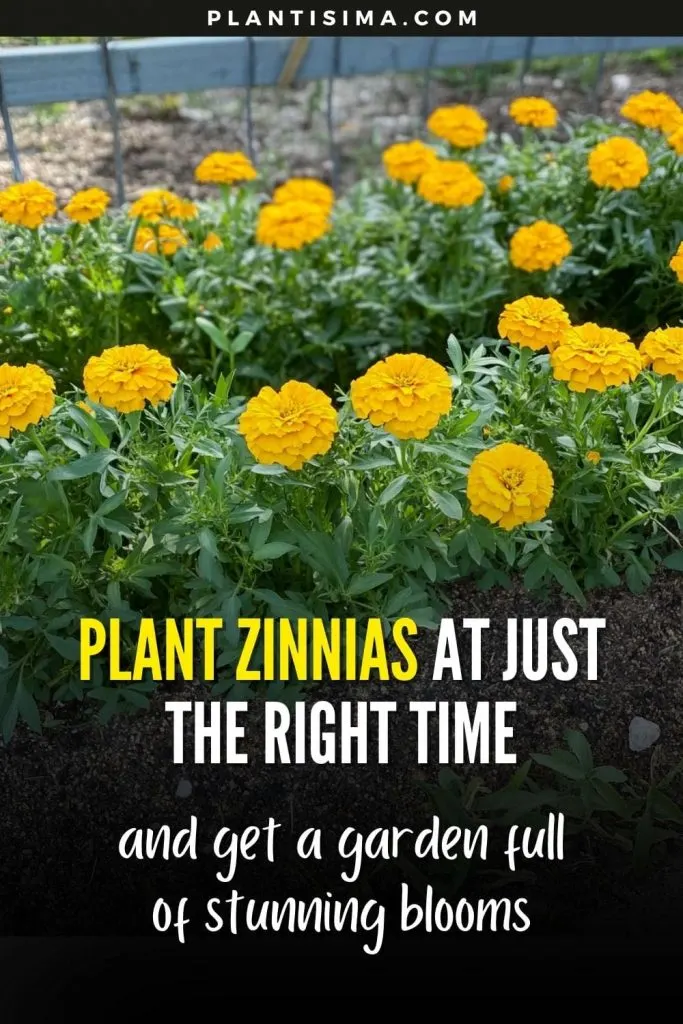Vibrant zinnias light up summer gardens across the globe, as they should. They’re among my top picks, and I can’t picture a garden without their cheerful presence.
Each year, I like to kickstart some seeds indoors for an early burst of color, while others are sown directly into the soil to extend the blooming season.
If your garden is missing zinnias and you think you’ve missed the boat on planting, think again—you’ve still got time to enjoy their beauty!
We’re running out of time, so let’s cut to the chase:
August: The Final Curtain Call!

It’s quite a surprise to realize that zinnias can still be planted this late and bloom beautifully. With soil temperatures remaining warm, it’s a prime opportunity you don’t want to miss.
This is particularly true for those in warmer areas. Here in Florida, zinnias are planted well into August, and they flourish spectacularly.
In states like Georgia, where the climate is slightly cooler, it’s wise to finish planting by early August to ensure blooms before the chill sets in.
Remember, zinnias are annuals, meaning they’re here for a good time, not a long time—so make the most of this season.
Aim for soil temperatures around 70 degrees to get those seeds to sprout.
Keep in mind, these guidelines are for direct sowing.
Next season, consider starting your seeds indoors a few weeks before the last frost, then transplant the seedlings once the ground warms up.
Tips for Planting Your Zinnias

If you’re as captivated by zinnias as I am (and I know many are), it’s worth putting in the effort to get the best results.
First, find the perfect spot. While it might be tempting to add color to that shady corner of your garden, zinnias thrive in full sunlight. Plus, you’ll need well-draining soil, and enriching it will ensure your zinnias grow strong and healthy.
When sowing directly outdoors, plant the seeds about ¼ inch deep. The spacing varies depending on the zinnia variety, but typically, you should leave 1 to 2 feet between plants. This spacing helps with airflow, reducing the chances of mildew and allowing each plant to reach its full blooming potential.
You might have heard that zinnias can handle drought conditions. While that’s true for mature plants, young seedlings need consistent moisture to establish themselves. Water them whenever the topsoil feels dry.
Here’s a handy tip: Pinch off the first buds on your zinnias to encourage more branching and a greater number of blooms throughout the season.
I like to feed my zinnias monthly during their growing period with a phosphorus-rich fertilizer, which helps the flowers last longer.
Creative Ways to Incorporate Zinnias in Your Garden

Zinnias are incredibly adaptable, offering endless possibilities for garden design. Their rapid growth makes them ideal for filling in any bare spots in your summer garden.
If you’re battling weeds, zinnias can come to the rescue. Plant them in areas prone to weed growth, and watch them work their charm.
For those with a specific vision for their garden, zinnias come in an array of colors and sizes, so finding the perfect match is easy.
And here’s the best part: zinnias are fantastic companions in the garden. They’re magnets for pollinators, making them ideal neighbors for your vegetable plants. Pair them with tomatoes and peppers to enhance pollination and improve your harvest.
Don’t forget to collect some zinnia seeds for next year’s planting!
Zinnias truly are the crowning jewels of any garden. With the right timing and care, you’ll be rewarded with their stunning blooms well into the season


